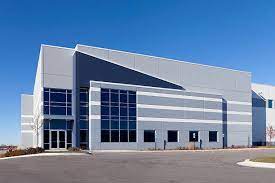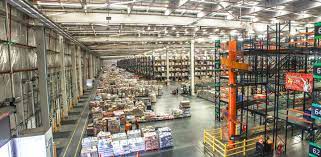At times, companies require liquidity to tackle new investments or to restructure a liability with an excess of short-term debt. These companies often fail to secure this additional financing from their usual financial institutions, which would help them resolve these complex but non-critical financial situations.
When a company in this situation owns a property where it conducts its business, one possible solution is sale and lease back. This type of transaction, also known as lease-back or retroleasing, involves selling a property to an investor followed by a long-term lease of the same property, usually through a rental contract of between 10 and 20 years.
At Altria Corpo, we have helped some clients obtain liquidity through this method. In recent months, we have various examples of clients for whom we have secured several sale and lease back transactions. Let’s look at some recent successful cases to understand how it works and how it has helped the company overcome this difficult time.
A company from the Community of Madrid in the industrial sector, with 30 years of history, faced bank loans that represented an excessively high debt service. Despite increased sales and the quality of its clients, the banks did not offer additional financing or allow for extended terms. Altria advised them by structuring a sale and lease back operation using one of their industrial warehouses, which was owned and had a small outstanding mortgage. Altria found a buyer, an alternative financing company that acted as an investor, purchasing the industrial warehouse for 1.75 million euros and leasing it back to the same company for a renewable term of 10 years, with a purchase option after 10 years. Thus, the company did not have to vacate the sold property and retained the right to continue using the space through this rental contract. This provided them with immediate liquidity resulting from the sale.
On other occasions, sale and lease back provides liquidity for the expansion of the business itself. This was the case for a Catalan company, also in the industrial sector like the previous one, which wanted to serve new clients demanding higher production. The working capital and some fixed asset investment needed to undertake this project could not be financed by their institutions, as their level of indebtedness was already too high for them. In this case, the best option was also a sale and lease back on their main industrial warehouse, and the operation generated liquidity of 3 million euros for the procurement of raw materials, increased working capital, and enhanced production capacity, with which they can grow in sales and profits in the coming years.
Therefore, sale and lease back should be seen as a financing operation that, in certain circumstances, is the best option for the company.
In the following post, we will delve more into how sale and lease back transactions are structured.



